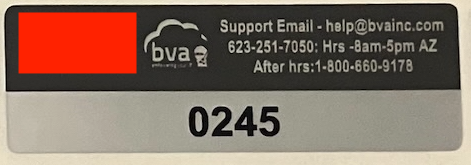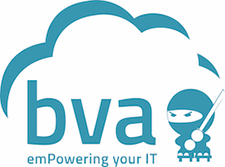Why Asset Tags Are Essential for Business Computers

In today’s fast-paced digital landscape, businesses rely heavily on computers and IT equipment to operate efficiently. Whether you’re managing a small startup or a large enterprise, keeping track of your hardware assets is critical. One of the simplest yet most effective tools for this purpose is the asset tag. Asset tags are labels—often with barcodes or QR codes—affixed to physical equipment like laptops, desktops, and servers. These tags typically include a unique identifier that links the device to a centralized asset management system.
Why Asset Tags Matter in Business
Here are the key reasons asset tagging is a smart move for any organization:
1. Streamlined Inventory Management
Asset tags make it easy to track and manage your computer inventory. With a quick scan, IT teams can identify a device, check its status, and update records. This reduces manual errors and saves time during audits or equipment refresh cycles.
2. Enhanced Security and Loss Prevention
Computers are high-value assets and often contain sensitive data. Asset tags help deter theft and make it easier to recover lost or stolen equipment. If a device goes missing, its tag can help trace its last known location or assigned user.
3. Lifecycle Tracking
From procurement to disposal, asset tags allow businesses to monitor the entire lifecycle of a computer. This includes warranty status, maintenance history, and upgrade schedules—ensuring devices are used efficiently and replaced at the right time.
4. Compliance and Reporting
Many industries require strict compliance with data protection and asset management regulations. Asset tags support accurate reporting and documentation, helping businesses meet audit requirements and avoid penalties.
5. Cost Control and Budgeting
Knowing exactly what assets you have—and where they are—prevents unnecessary purchases and helps optimize IT budgets. Asset tagging provides visibility into usage patterns, enabling smarter decisions about upgrades and replacements.
6. Simplified Support and Maintenance
When a computer has an issue, asset tags help support teams quickly identify the device and access its history. This speeds up troubleshooting and ensures consistent service across the organization.
7. Scalability
As your business grows, so does your IT infrastructure. Asset tagging scales effortlessly, allowing you to maintain control over hundreds or thousands of devices without losing track.
Best Practices for Asset Tagging
- Use durable, tamper-resistant labels suitable for your environment.
- Standardize your tagging system across all departments.
- Integrate asset tags with digital asset management software for real-time tracking.
- Train staff on the importance of asset tagging and how to use it properly.
Here are some popular website bva has purchased our asset tags:
- TagYourAssets.com
- MaverickLabel.com
- Best Site, leverage their service the most
- McAuleyLabels.com
- MyAssetTag.com
- StickerYou.com
- RedBeam.com
Asset tags may seem like a small detail, but they play a big role in protecting your investments, improving operational efficiency, and supporting long-term growth. For any business that relies on computers, implementing a robust asset tagging strategy is not just smart—it’s essential.







